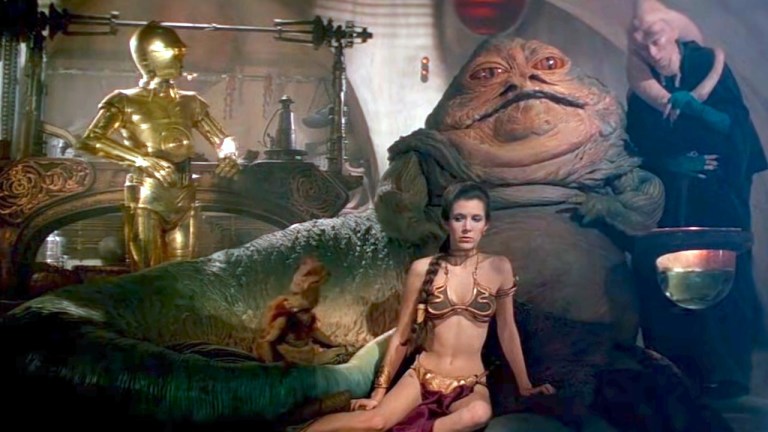The Fascinating Evolution of Watches
The Historian recounted the fascinating evolution of timekeeping devices.
Through the history of watches from ancient sun dials to modern Smart watches, the evolution of timekeeping reflects our quest for precision and connection.
He examined the early beginnings with the sun dial, water clocks, and further down the line, mechanical clocks. He then jumped ahead to the more personal devices, which debuted in the 16th Century as pendants. These portable timekeepers were a symbol of wealth and status.
The first true watches emerged in the 16th century thanks to advancements in watchmaking techniques. Early watches were often bulky and primarily worn as pendants or attached to clothing. They were luxurious items …Watches were once worn like jewelry yes they were symbols of status and wealth
When the winding mechanism was developed in the 17th century, it led to more accessible and affordable pocket watches. Wristwatches were popularized by soldiers in World War I.
The early 20th century brought us significant shift in watch design. The wrist watch, originally considered feminine, gained popularity among men during World War I for their practicality soldiers found it easier to check time on their wrists than to dig into pockets for a pocket watches.
When quartz was introduced into watchmaking, a new world had been set loose. Digital watches that featured accessories such as calculators, games, and times. It was this technology that gave rise to the smart watches of modern day.
The quartz revolution transformed the watch market, making timekeeping more reliable and affordable. Today we stand at the forefront of the smart watch revolution ,combining traditional timekeeping with modern technology. Smart watches track fitness, monitor health, and connect to smartphones. They represent the next evolution in how we perceive time.






